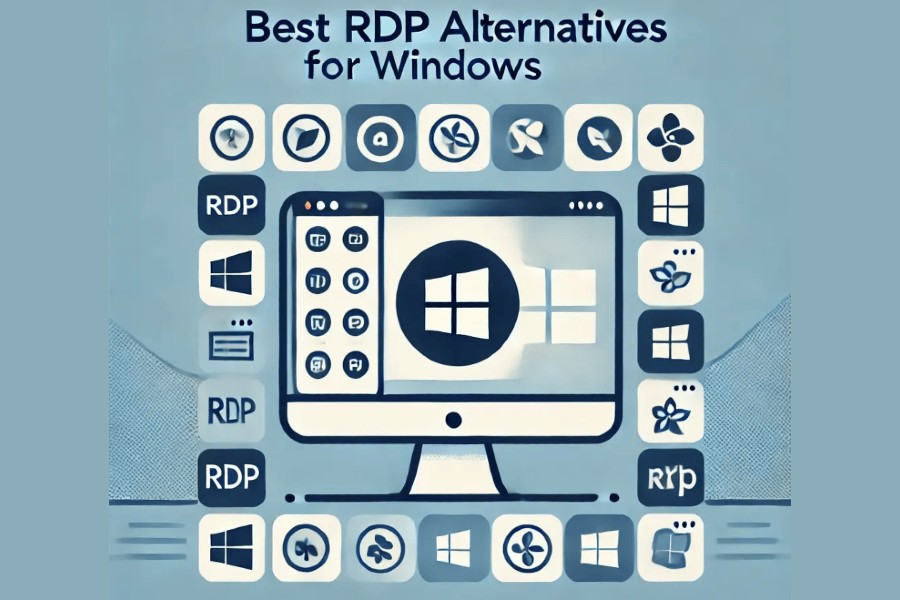
In today’s fast-paced world, technology is developing at a never-before-seen pace. One of the most groundbreaking innovations influencing our future is the idea of “virtual.”
Virtual technology has surpassed its conventional limitations, affected almost every facet of contemporary life and going well beyond video games and entertainment. The possibilities of this technology are endless, ranging from immersive virtual reality experiences that take users to new dimensions to virtual meetings that link individuals across countries. This essay will examine the revolutionary potential of virtual technology, its uses, and the ways in which it is influencing daily life and many businesses.
Understanding Virtual Technology
Fundamentally, the term “virtual” describes the process of creating digital worlds that mimic or copy experiences found in the actual world. These settings can range in complexity from a completely immersive virtual reality (VR) landscape where users can interact with their surroundings as if they were physically present to something as basic as a video conference with coworkers. Virtual technology has several uses, ranging from 3D simulations utilized in engineering and medicine to augmented reality (AR) overlays in real-world environments.
Additionally, “virtual” refers to more than just gear, such as AR glasses or VR headsets. It encompasses virtual communities as well as virtual goods and services. With the emergence of the “metaverse” in recent years, users can now participate in virtual economies, attend virtual concerts, and even create avatars to explore fully realized worlds, further pushing the frontiers of what is possible in virtual places.
The Evolution of Virtual Technology
The earliest computer simulations and video games marked the beginning of virtual technology many years ago. It has progressed from pixelated screens to hyper-realistic settings that appeal to several senses. Virtual reality is getting more realistic than ever thanks to developments in processing power, motion tracking, and graphic rendering.
Virtual technology has changed the commercial landscape. Once considered unusual, remote work is now commonplace across many industries, mostly due to the influence of platforms like as Zoom and Microsoft Teams. Teams may collaborate easily regardless of where they are in the world thanks to virtual collaboration tools. This change has broadened the talent pool and improved productivity because companies may now hire the most qualified applicants from anywhere in the globe.
Applications of Virtual Technology
Virtual Reality (VR) and Augmented Reality (AR): While augmented reality superimposes digital components on the physical world, virtual reality submerges users in a wholly digital experience. Applications for these technologies can be found in a number of industries, such as entertainment, healthcare, and education. For instance, medical practitioners can practice in a risk-free setting by simulating surgery with virtual reality. In a similar vein, educators are employing augmented reality (AR) to build dynamic learning environments that bring textbooks to life.
Virtual Meetings and Collaboration: As remote work grows increasingly widespread, virtual meetings have become vital for communication and cooperation. Teams can now communicate easily from anywhere thanks to video conferencing apps like Microsoft Teams, Zoom, and Google Meet. Through the ability to share files, exchange ideas, and collaborate in real time on projects, virtual collaboration platforms are also increasing productivity.
Virtual Shopping and E-commerce: Virtual technology has been embraced by the e-commerce sector in an effort to improve customer shopping experiences. For example, consumers can “try on” clothing virtually in fitting rooms without ever leaving their homes. In the meantime, before making a purchase, people may see how furniture will look in their homes thanks to augmented reality apps. Businesses are benefiting from these advances by seeing gains in consumer satisfaction and sales.
Virtual Tourism and Events: The COVID-19 epidemic brought virtual events’ potential to light. Many businesses switched to virtual conferences, concerts, and fairs as a result of travel constraints. These events give participants the opportunity to interact with the content and network with others from the comfort of their homes. Since consumers may now experience locations in virtual reality (VR) before choosing their next holiday, virtual tourism is likewise becoming more and more popular.
The Future of Virtual Technology
With the advancement of virtual technology, the possibilities are virtually endless. One of the best examples of where this technology is going is the creation of the metaverse, a shared virtual environment for communities. Envision a world in which you can interact with pals, hold business meetings, and attend virtual lectures all in a fully digital setting that seems just like the actual one.
In sectors like healthcare, where virtual simulations and augmented reality overlays have the potential to completely transform surgical techniques and patient care, virtual technology has enormous promise for the future. With regard to education, virtual classrooms and interactive learning environments have the potential to democratize access to top-notch resources for anybody with an internet connection.
Challenges and Considerations
Although virtual technology has many advantages, there are drawbacks as well. Concern over data privacy is growing, particularly as more and more of our lives are spent online. Maintaining the security of digital transactions and personal data in virtual environments will be essential to this industry’s future expansion.
Beyond that, there’s the accessibility issue. Even though virtual technology is intriguing, not everyone has access to the high-speed internet or devices needed to fully engage in these experiences. It will be crucial to close this digital divide in order to guarantee that everyone benefits equally from virtual technologies.
Conclusion: The Virtual Frontier
The future is undeniably virtual, and we are only beginning to scratch the surface of what’s possible. Virtual technology is changing how we live, work, and interact with the world around us. It is improving commercial processes and revolutionizing entertainment and education. One thing is certain as we continue to explore the virtual frontier: the opportunities are only limited by our creativity in creating virtual worlds.
Now that virtual technology is at the forefront of innovation, it’s essential to accept the shift for both individuals and organizations. The virtual world is the key to the future, whether your goal is to explore new digital landscapes, better distant cooperation, or simply purchase more effectively. Recognize the beneficial effects of virtual technology and get ready to stay ahead of the curve.
Become a Harlem Insider!
By submitting this form, you are consenting to receive marketing emails from: . You can revoke your consent to receive emails at any time by using the SafeUnsubscribe® link, found at the bottom of every email. Emails are serviced by Constant Contact








